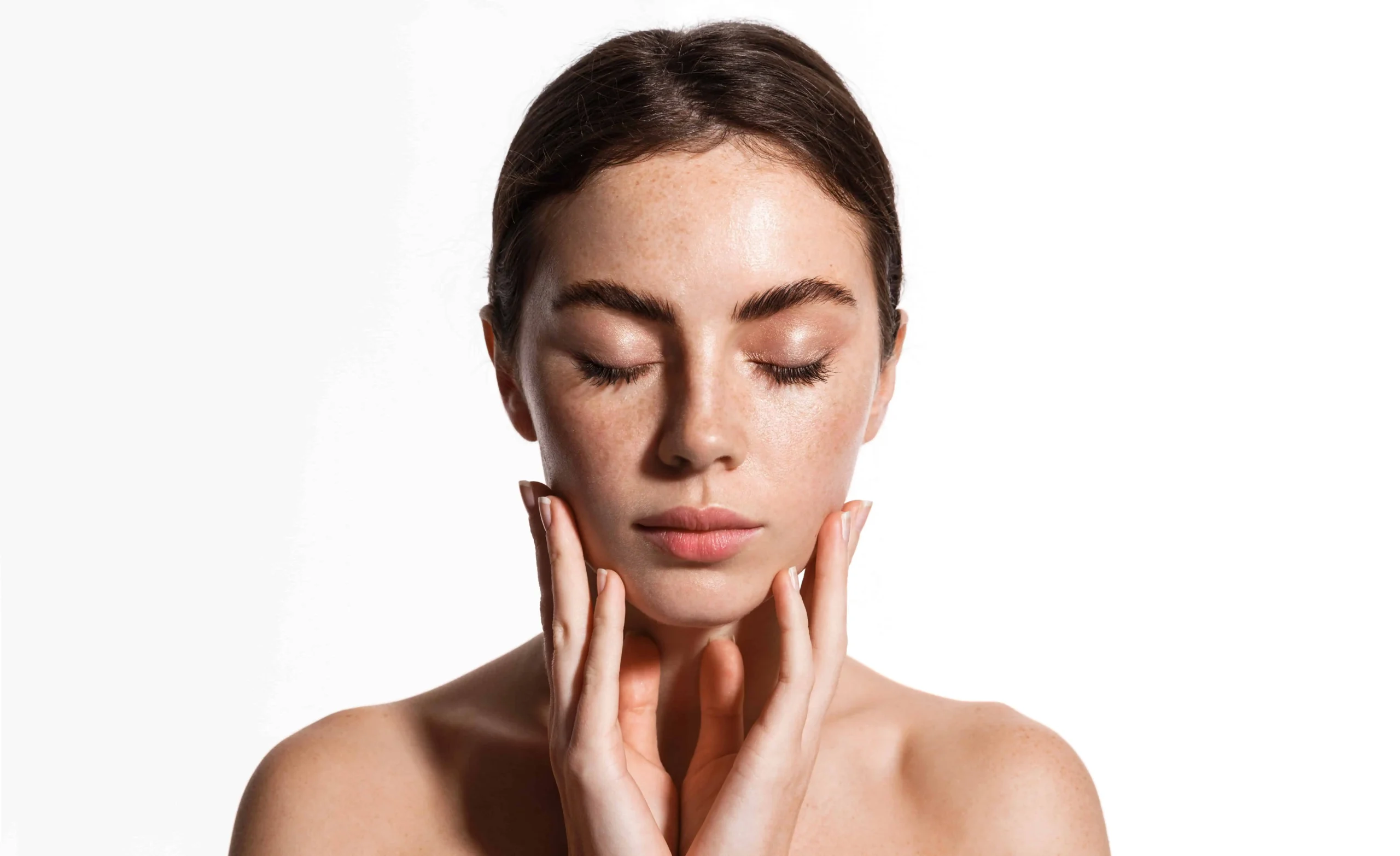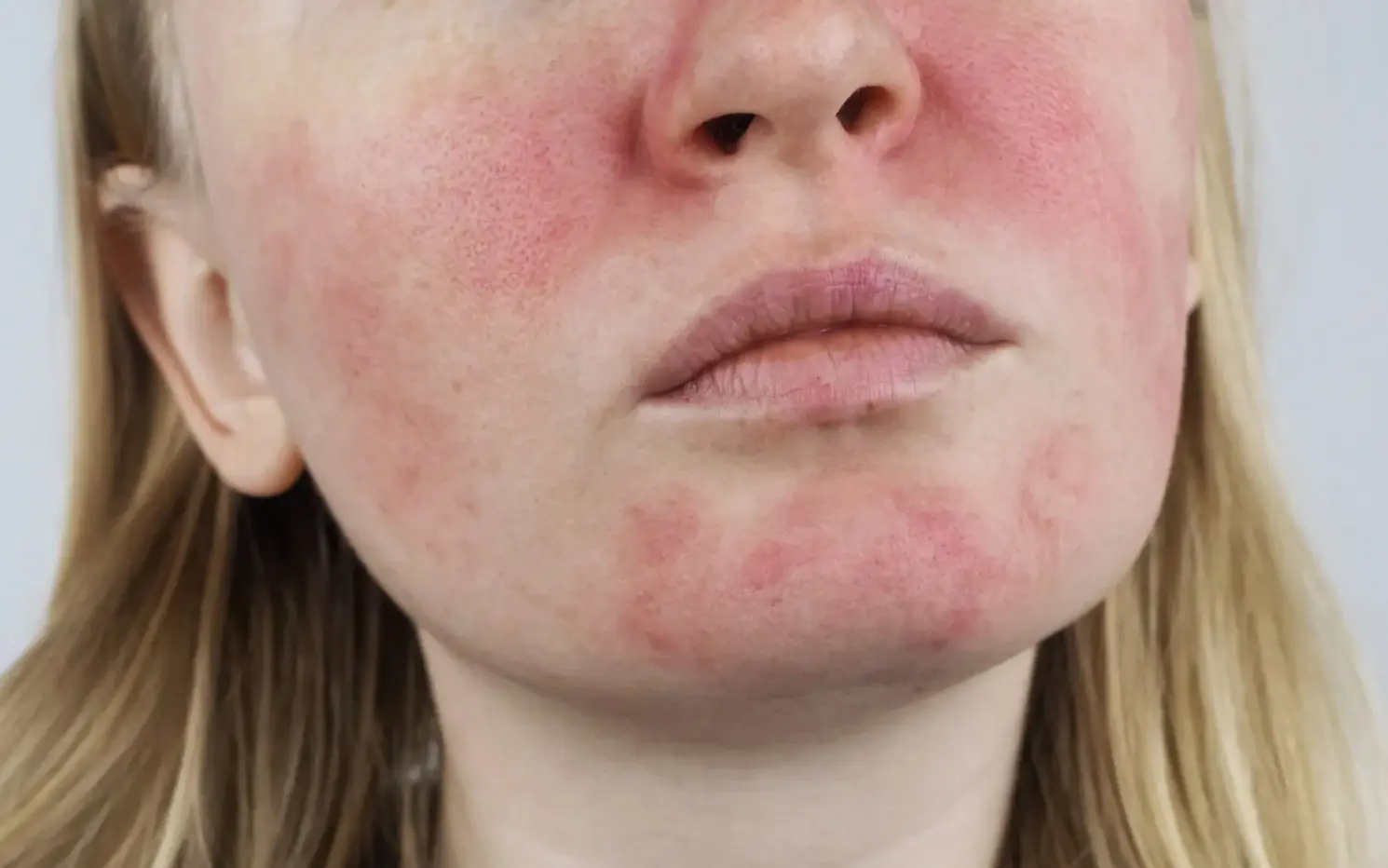Blue green algae, also known as spirulina or cyanobacteria, is packed with anti-inflammatory, antioxidant, and anti-bacterial ingredients, making it one of the hottest skincare ingredients on the market. Blue green algae have high concentrations of nutrients such as amino acids, carbohydrates, lipids, vitamins (A, B, C, D, E, and K), and antioxidants, making it an ideal product for firming, toning, plumping, and repairing the skin.
Blue-green algae have significant antioxidant properties, with chlorophyll removing heavy metals from the skin and carotene bearing antioxidant properties, which neutralize free radicals. Blue-green algae are also rich in amino acids, specifically glycine and proline, which promote and support healthy collagen production. These amino acids lead to a firmer, plumper, vibrant, hydrated, and more youthful appearance of the skin. Other benefits include prevention of water loss, balancing oil production, decreasing puffiness and soothing redness/irritation. In addition to skin health, the abundance of iron, protein, and fatty acids in blue-green algae promote hair growth.
These powerhouse algae are found in facial cleansers, serums, moisturizers, and even masks. Look for spirulina or cyanobacteria as active ingredients on the label. Blue-green algae are not the only algae on the market. Red, brown, and marine algae, to name a few, each have unique properties similar to their blue-green cousin. Educate yourself before investing in algae containing products as they can be expensive.






